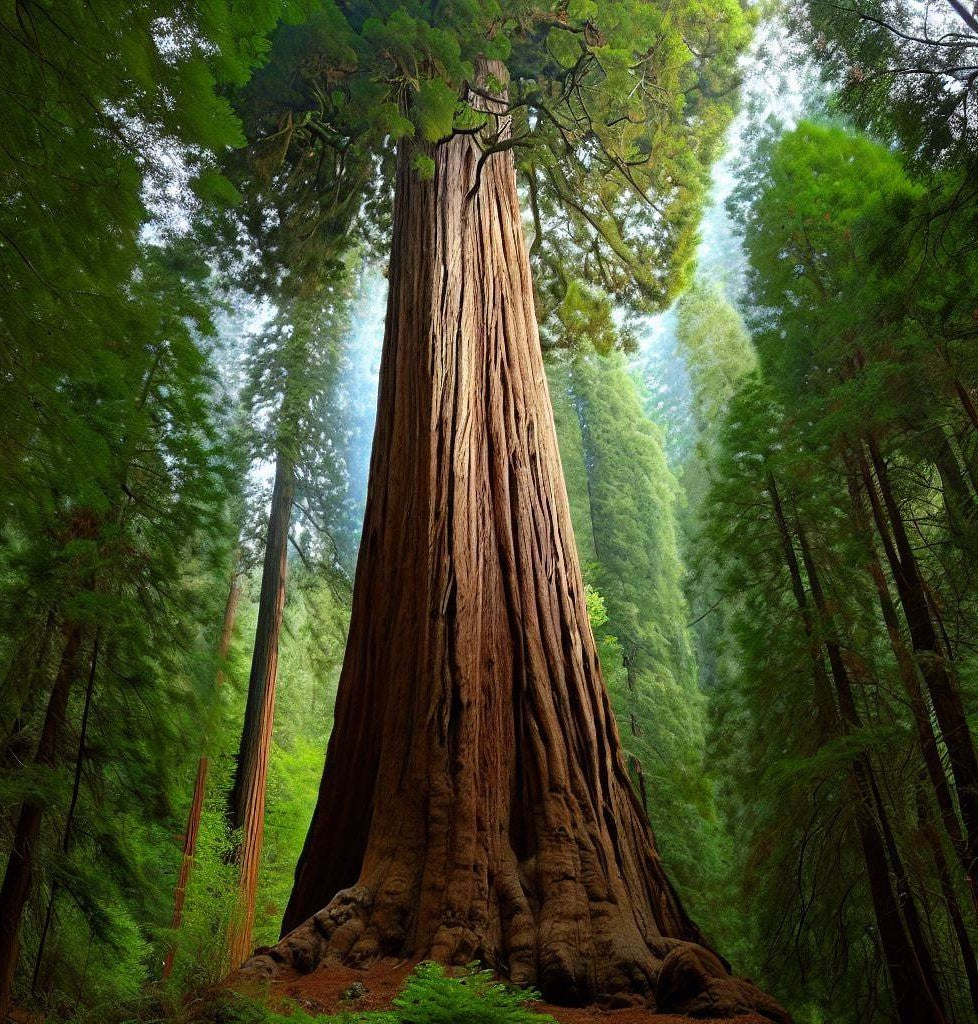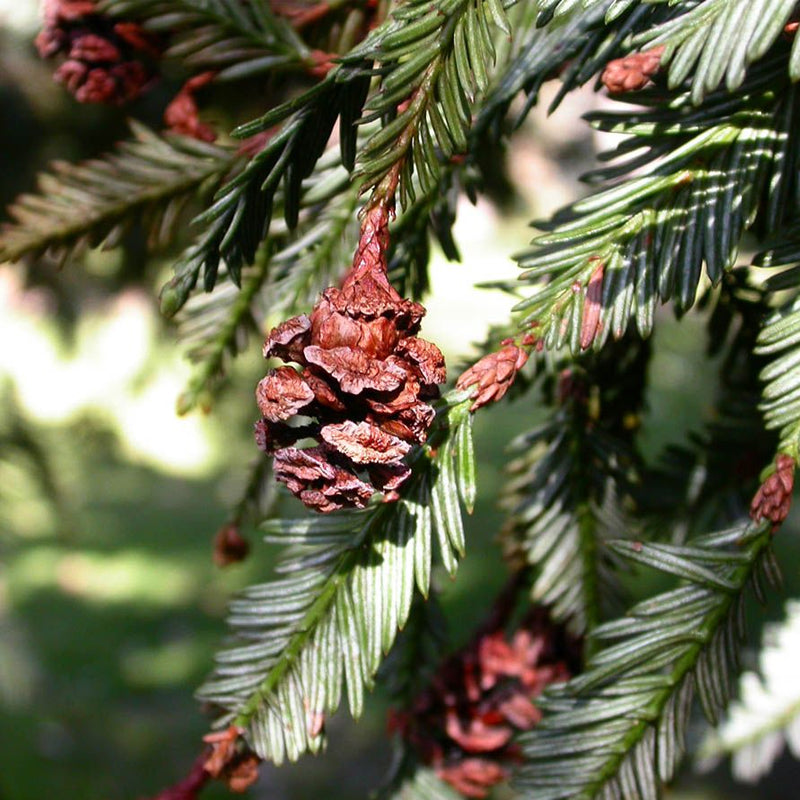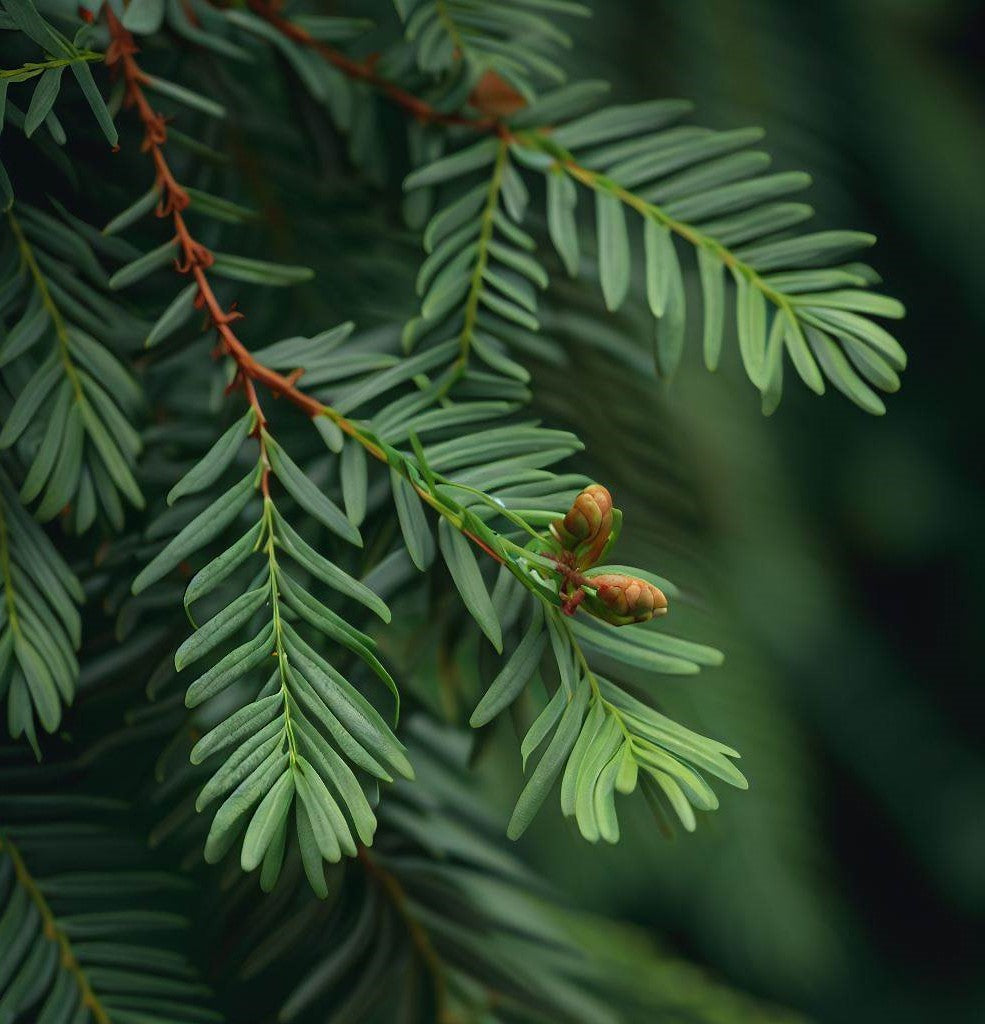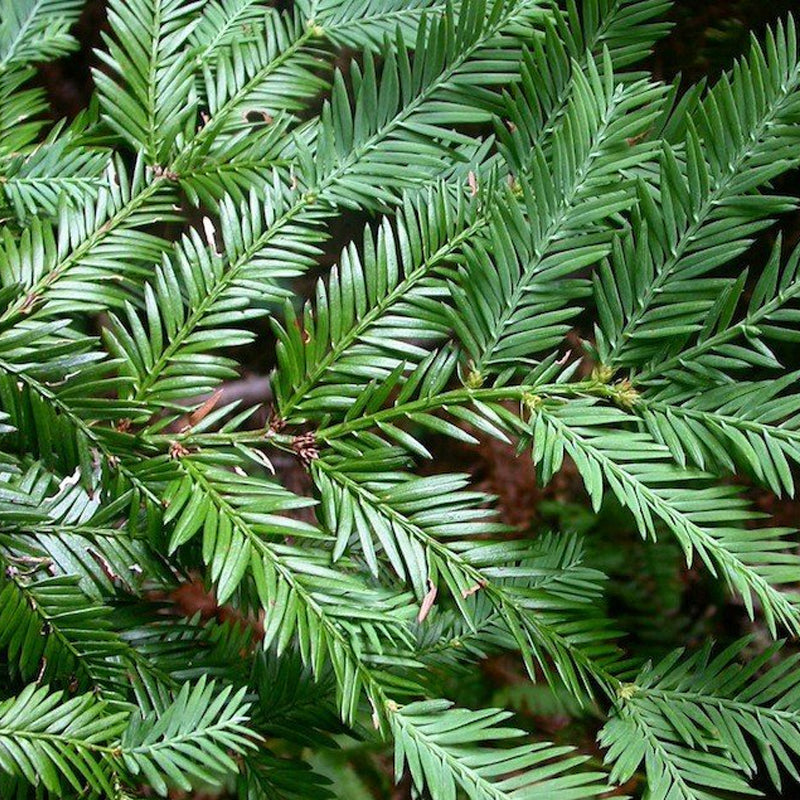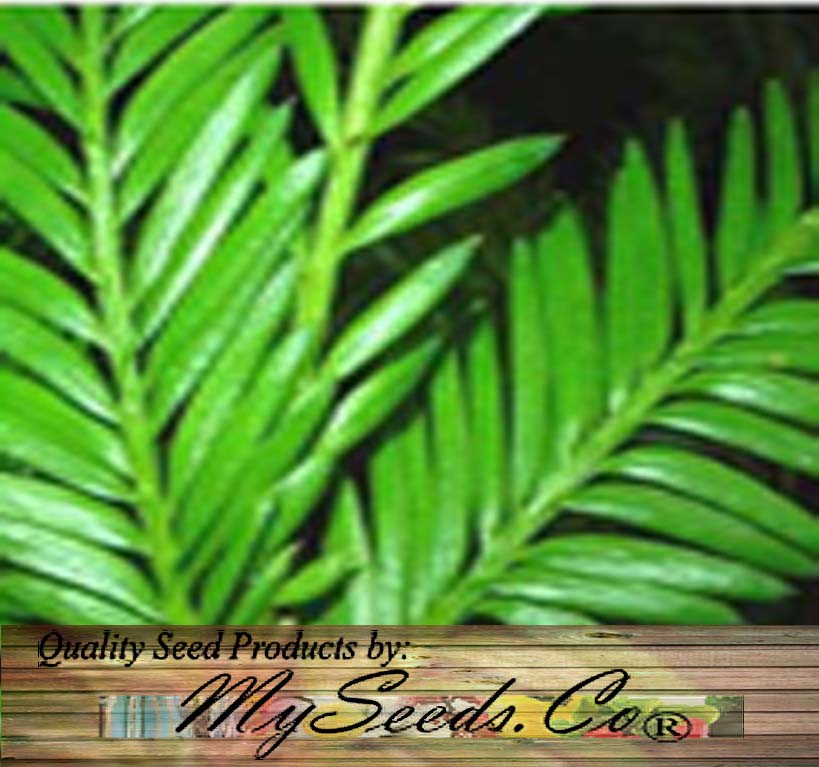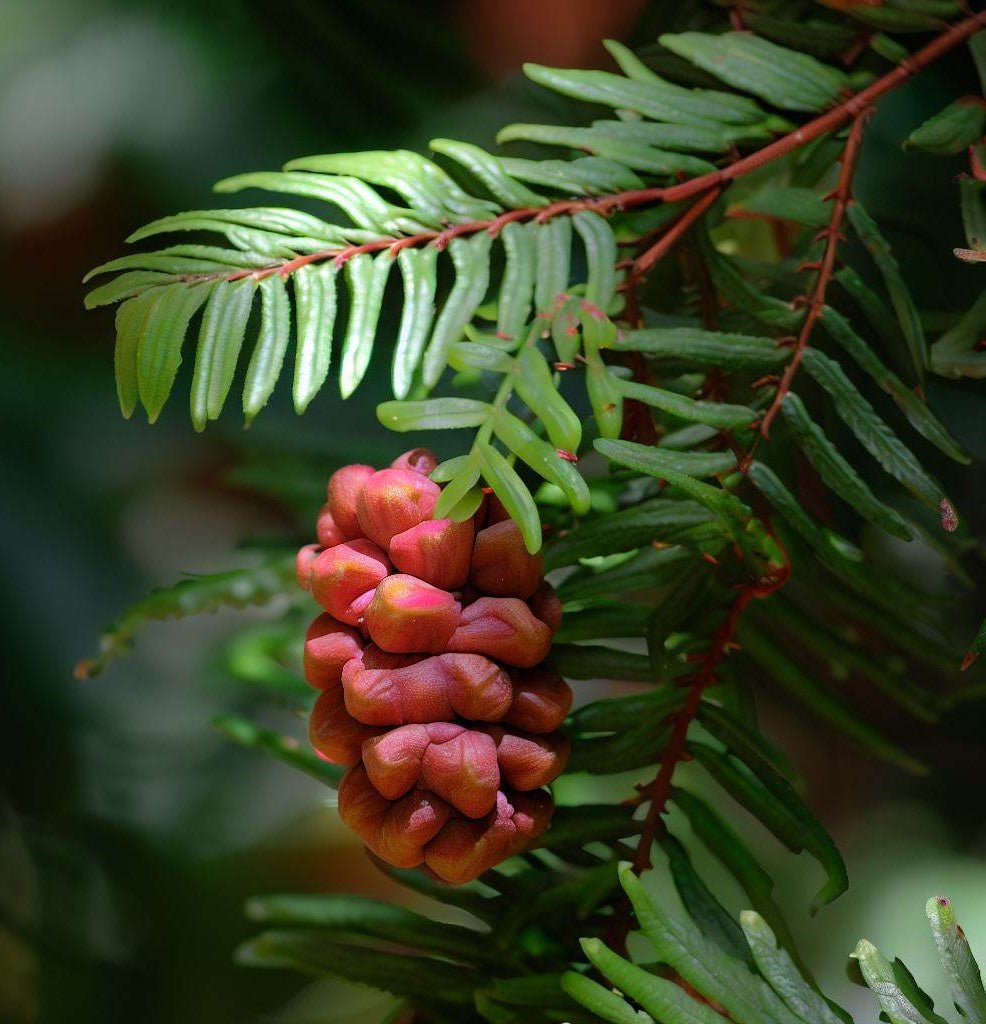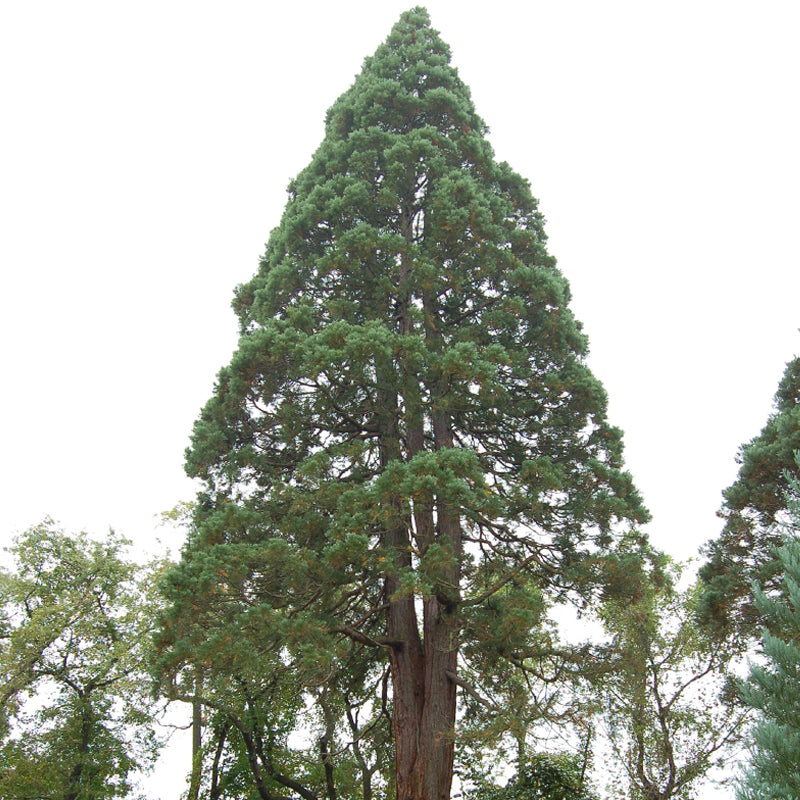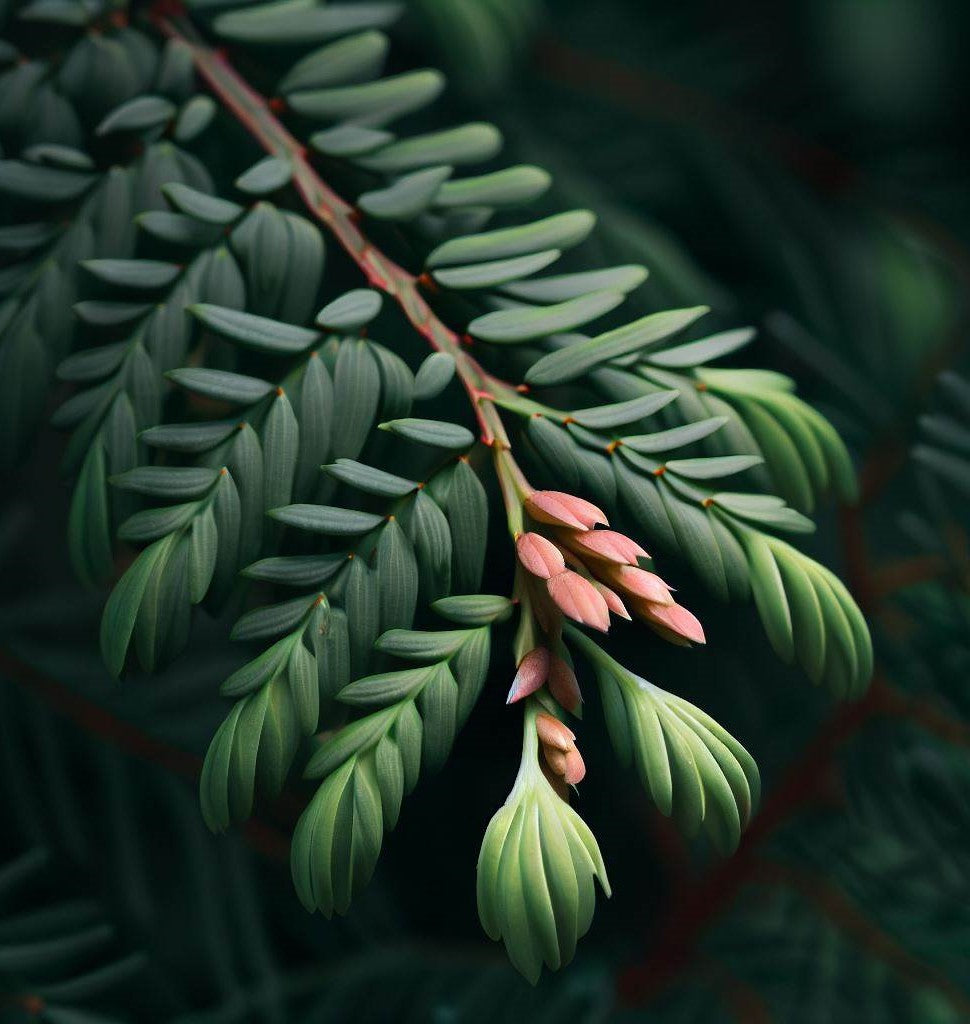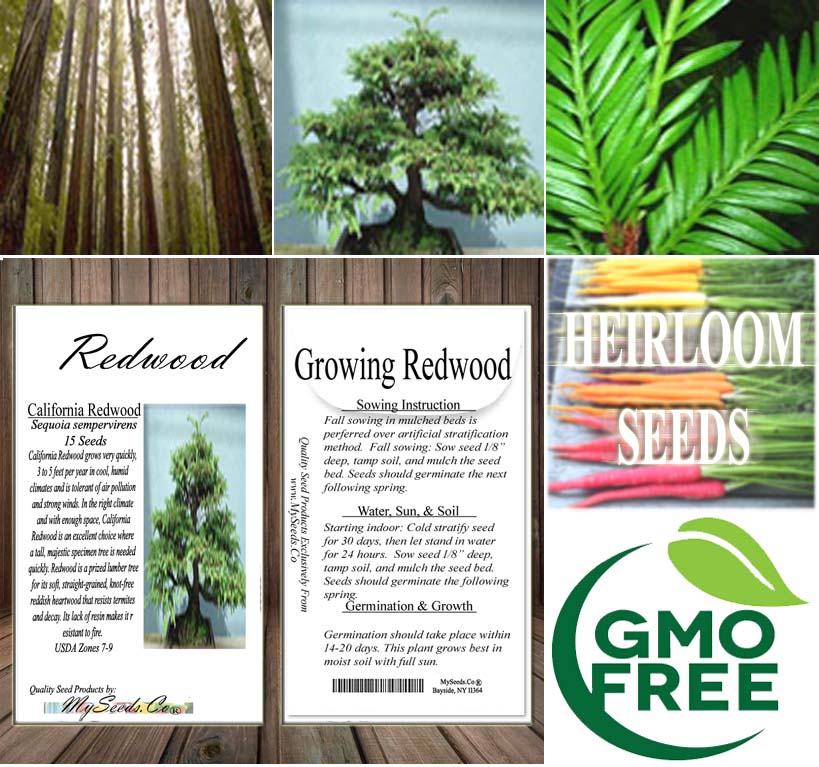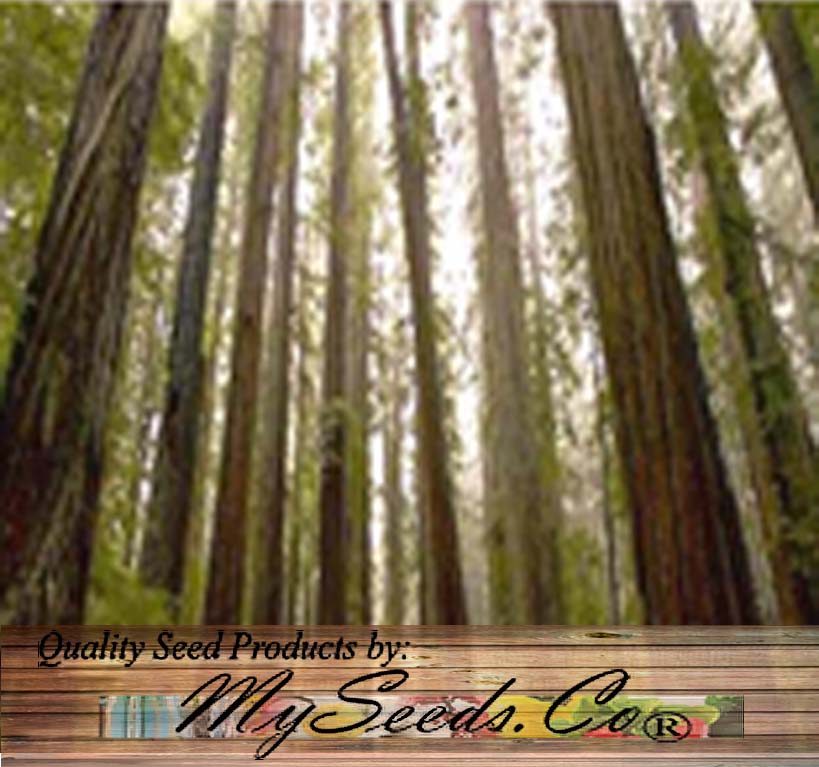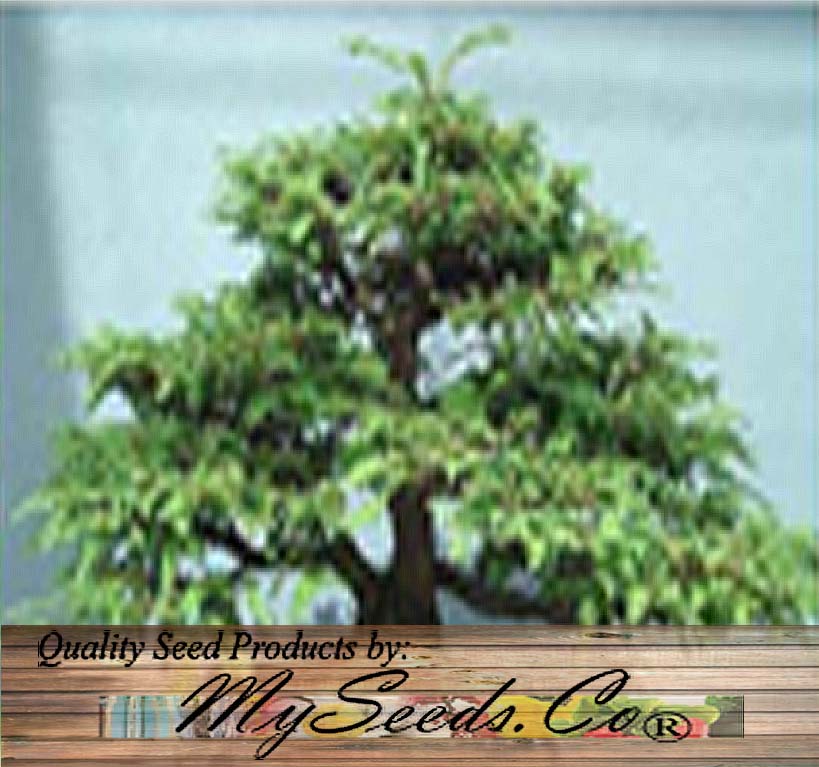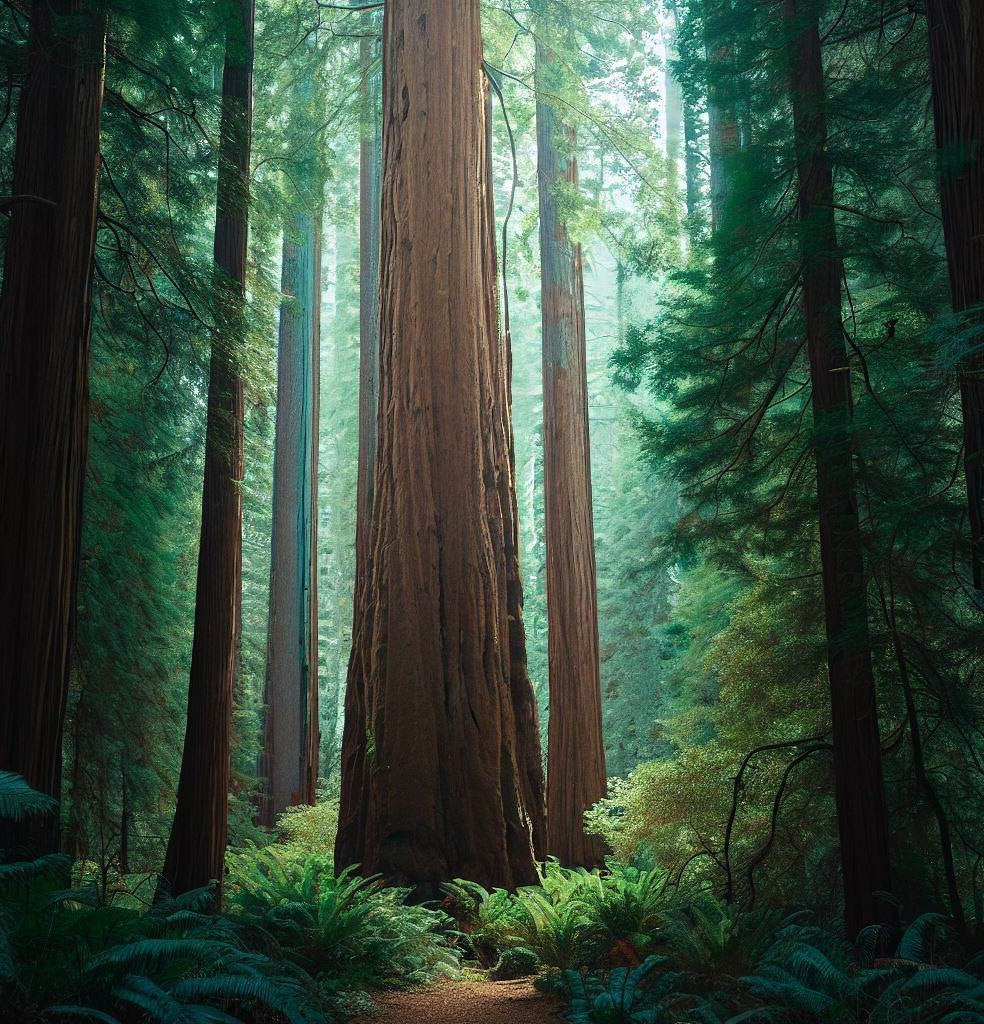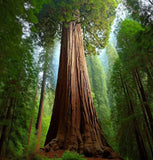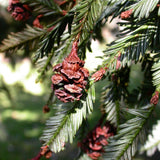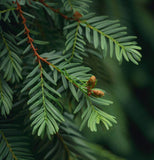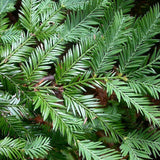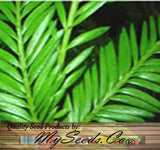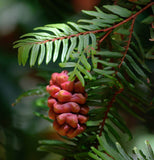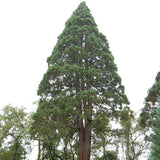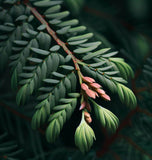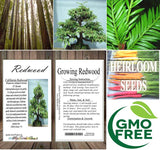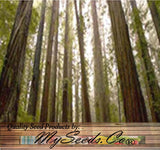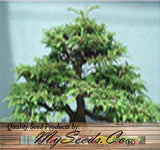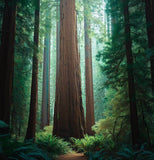Sequoia sempervirens (Redwood, California Redwood, Coast Redwood) 25% Germ
Sequoia sempervirens (Redwood, California Redwood, Coast Redwood) is an iconic and majestic evergreen tree species native to the coastal regions of California and southwestern Oregon in the United States. Redwoods have a distinctive appearance with straight, cylindrical trunks that often lack branches for a significant portion of their height. The bark is thick, fibrous, and reddish-brown in color, hence the name "Redwood." The needles are flat and scale-like, arranged in a spiral pattern on the branches. The foliage has a rich green color.
Size and Longevity: Redwoods are among the tallest and largest trees in the world. They can reach heights of over 300 feet (91 meters) and have trunk diameters exceeding 20 feet (6 meters). The species holds the record for the tallest tree on Earth, with some individuals towering over 350 feet (107 meters). Redwoods are also known for their exceptional longevity, with some trees estimated to be more than 2,000 years old.
Habitat and Range: Coast Redwoods are primarily found in the foggy, temperate coastal regions of California, particularly along the northern California coast and into southwestern Oregon. They thrive in areas with a combination of cool, moist climate, and well-draining soils.
Ecosystem Importance: Redwood forests are considered vital ecosystems, supporting diverse plant and animal life. They provide habitat for several endangered species, including the marbled murrelet and the northern spotted owl. The dense foliage of the trees helps create a unique microclimate, promoting moisture retention and fostering the growth of various understory plants.
Conservation and Protection: Due to extensive logging in the past, the natural range of Redwoods has significantly diminished. However, conservation efforts have been implemented to protect and restore these magnificent trees. Several state and national parks, such as Redwood National and State Parks in California, have been established to preserve these ancient forests.
Cultural Significance: Sequoia sempervirens holds cultural and historical significance among indigenous communities and the broader public. Native American tribes have revered and used Redwoods for various purposes, including building materials and spiritual ceremonies. Today, Redwoods are a popular attraction, drawing visitors from around the world who appreciate their natural beauty and grandeur.
The Coast Redwood, or Sequoia sempervirens, is an awe-inspiring tree species known for its incredible size, longevity, and ecological importance. The preservation and conservation of these majestic trees are vital to maintain their unique ecosystems and cultural heritage for future generations.
Botanical Name : Sequoia sempervirens
Common Name : Redwood, California Redwood, Coast Redwood
Height : 250- 380 ft
Spread : 80 ft
Germination Info : Germination info: Seed requires 21-30 days cold moist stratification.
Hardiness zone : 7-9
Other info : Seed and seedlings prone to damping off. Use a fungicide in stratification. Hydrogen peroxide soaks of 12 hours may be used as an anti-fungicidal soak instead of specific fungicides.
Germination Range: 40-60%
Average seed per ounce : Approx. 4375

